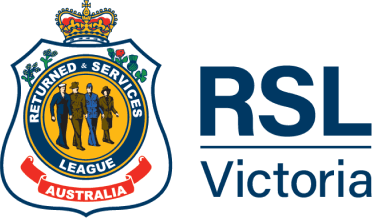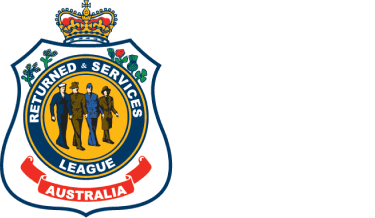The following article contains names and images of deceased Aboriginal and Torres Strait Islander people.
As Australia marks NAIDOC Week (7-14 July), which celebrates and recognises the history, culture and achievements of Aboriginal and Torres Strait Islander people, RSL Victoria brings you the remarkable stories of some of our very own First Nations peoples who served and sacrificed their lives.
Aboriginal and Torres Strait Islander peoples have served in each of the major wars and conflicts in which Australia has been involved since World War I, as well as global peacekeeping operations.
There are some, like Reginald Saunders, from the Gunditjmara people of southern Victoria, who have become well-known.
Inspired by his father and uncle who served in World War I, Reg enlisted in the Second Australian Imperial Force (AIF) in 1940. He went on to serve in North Africa, the Mediterranean and New Guinea during World War II and then served again in the Korean War.
Inspired by his father and uncle who served in World War I, Reg enlisted in the Second Australian Imperial Force (AIF) in 1940. He went on to serve in North Africa, the Mediterranean and New Guinea during World War II and then served again in the Korean War.
It has often been documented that Reg was a natural soldier and an outstanding leader.
He died in 1990, aged 69.
Despite what is well-known and documented about some like Reg, this is not always the case for others. Private John Brenell enlisted with the AIF in October 1916. At the time, official regulations barred Aboriginal men from enlisting with the AIF, but these rules were enforced with varying degrees.
John was one of approximately 175 Indigenous Australian men who gave their lives while serving in World War I.
He is also the only identified Aboriginal Australian soldier buried among the hundreds of Commonwealth World War I graves at Outtersteene Communal Cemetery Extension in France.
Six years ago, his story came to the attention of the Australian War Memorial’s Indigenous Liaison Officer, Michael Bell.
What is perplexing is that he is the only known World War I Aboriginal Australian soldier whose Commonwealth War Grave headstone includes a Star of David – the emblem of the Jewish faith.

Ongoing efforts are being made to research Private Brenell’s history and his connection to Judaism. Earlier this year, the Australian War Memorial sought the public’s assistance for any insight into his story.
John died in 1918, aged around 37.
Perhaps also lesser known are the stories of Indigenous women who served and played an important role.
Many enlisted in the women’s services or worked in war industries. It was often seen as an opportunity to escape an otherwise oppressed and restricted life.

Kathleen Walker, who later took on her traditional name Oodgeroo Noonuccal, was an example of this. She was motivated to enlist in the Australian Women’s Army Service on 5 December 1942, not only after her brothers Edward and Eric were captured by Japanese forces in Singapore, but because it presented opportunities she otherwise wouldn’t have been allowed in civilian life.
An exhibition Australians at war from the Boer War to the present featured a quote from her, in which she said: “One of the reasons I joined the army was it was the only way I could learn…that the Aboriginals could learn extra education at that time.”
Prior to enlisting, she’d been denied the chance to train as a nurse based on her Aboriginality.
After her service, she was a dedicated advocate for Aboriginal peoples’ rights and education.
She died in 1993, aged 72.
These are just a few of the many and varied stories of Aboriginal and Torres Strait Islander wartime service throughout history.
Today, the Australian Defence Force (ADF) says it is “committed to increasing Aboriginal and Torres Strait Islander representation by offering a range of pathway programs for Indigenous Australians seeking a career in the ADF.”

